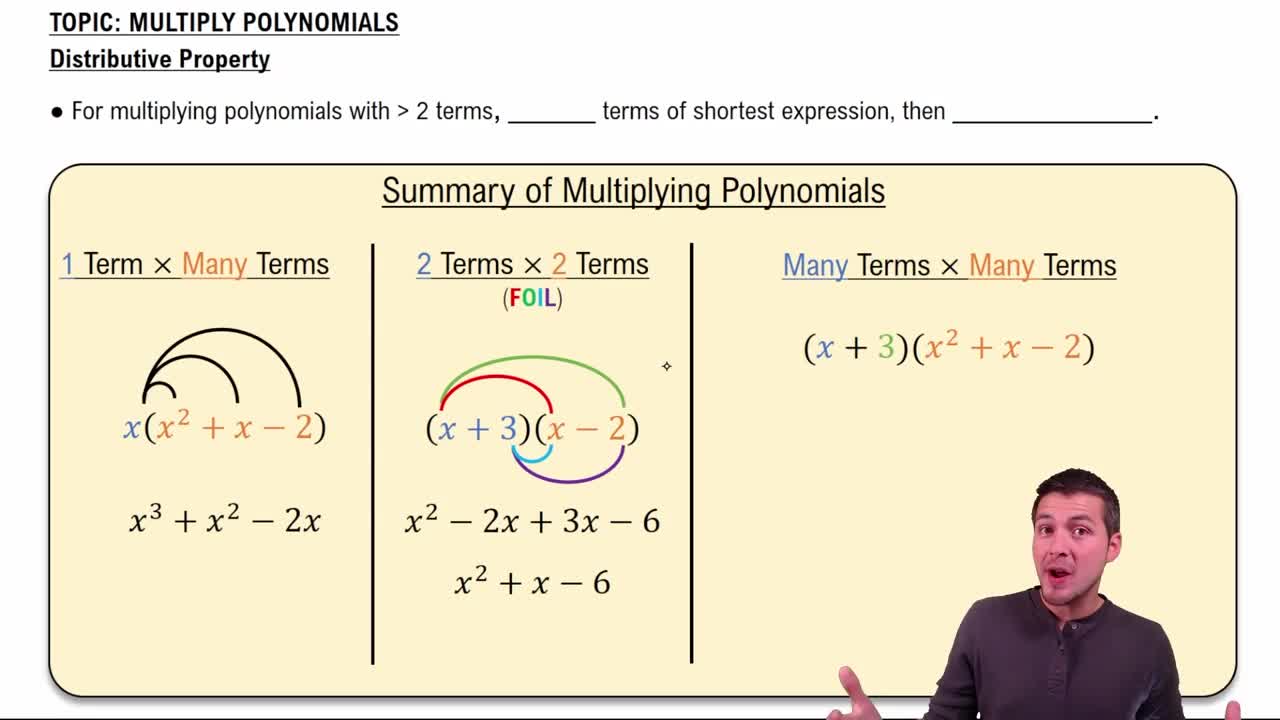Here are the essential concepts you must grasp in order to answer the question correctly.
Distributive Property
The distributive property states that a(b + c) = ab + ac. This property allows us to multiply a single term by each term inside a set of parentheses. In the given equation, applying the distributive property to 6(3x - 1) simplifies the expression, making it easier to solve for x.
Recommended video:
Multiply Polynomials Using the Distributive Property
Combining Like Terms
Combining like terms involves simplifying expressions by adding or subtracting terms that have the same variable raised to the same power. In the equation, after distributing and rearranging, it is essential to combine like terms to isolate the variable x, which is crucial for finding the solution.
Recommended video:
Solving Linear Equations
Solving linear equations involves finding the value of the variable that makes the equation true. This process typically includes isolating the variable on one side of the equation through operations such as addition, subtraction, multiplication, or division. Understanding this concept is vital for determining the solution to the given equation.
Recommended video:
Solving Linear Equations with Fractions




